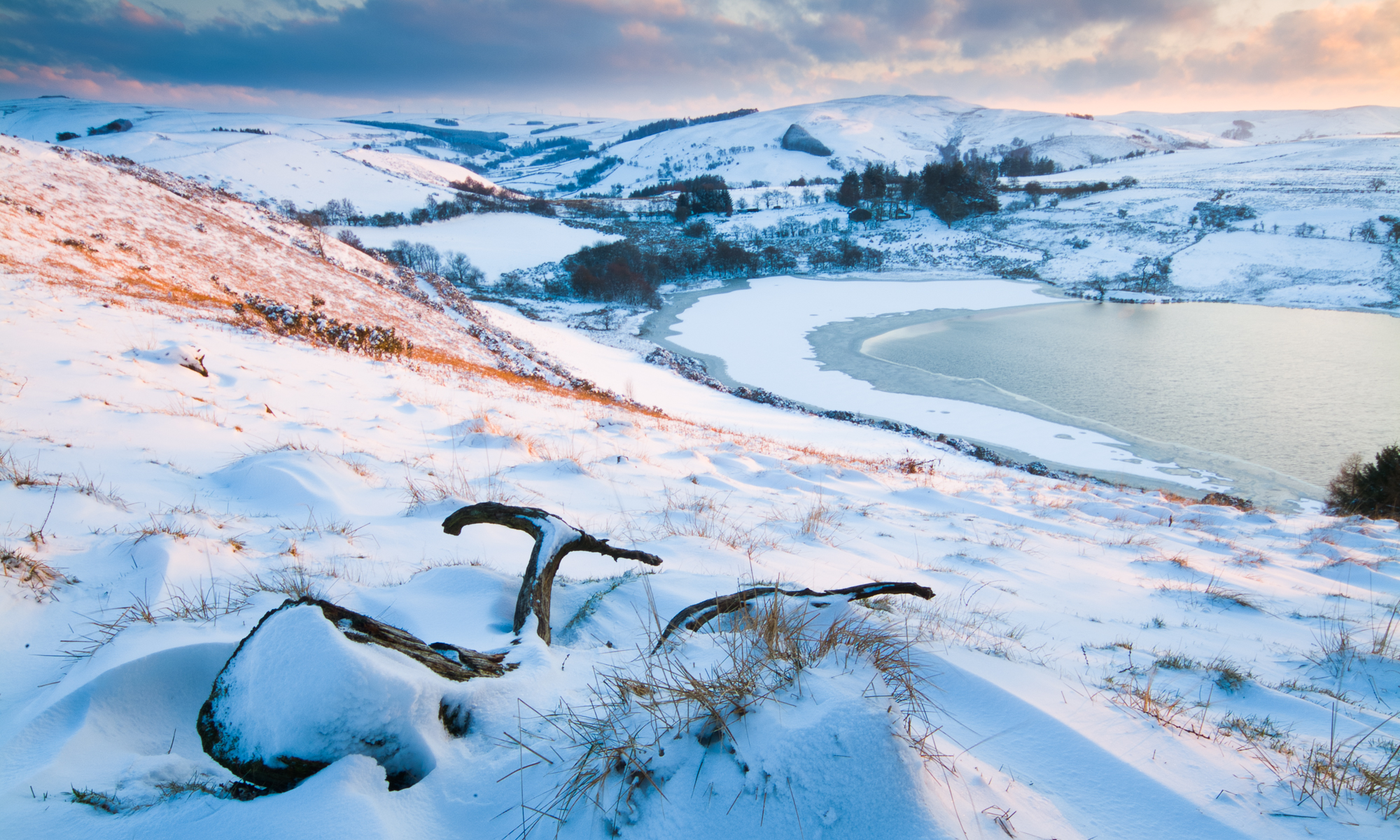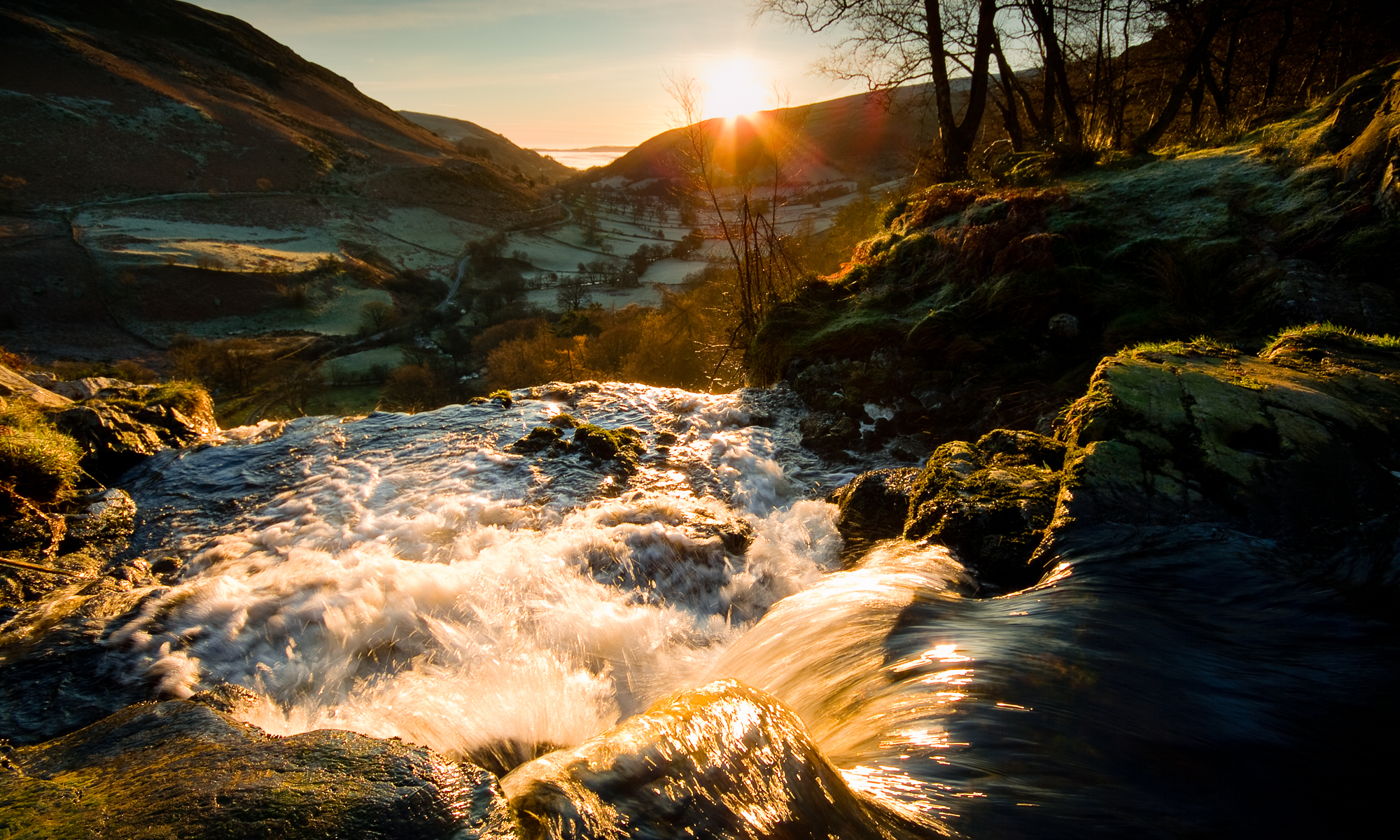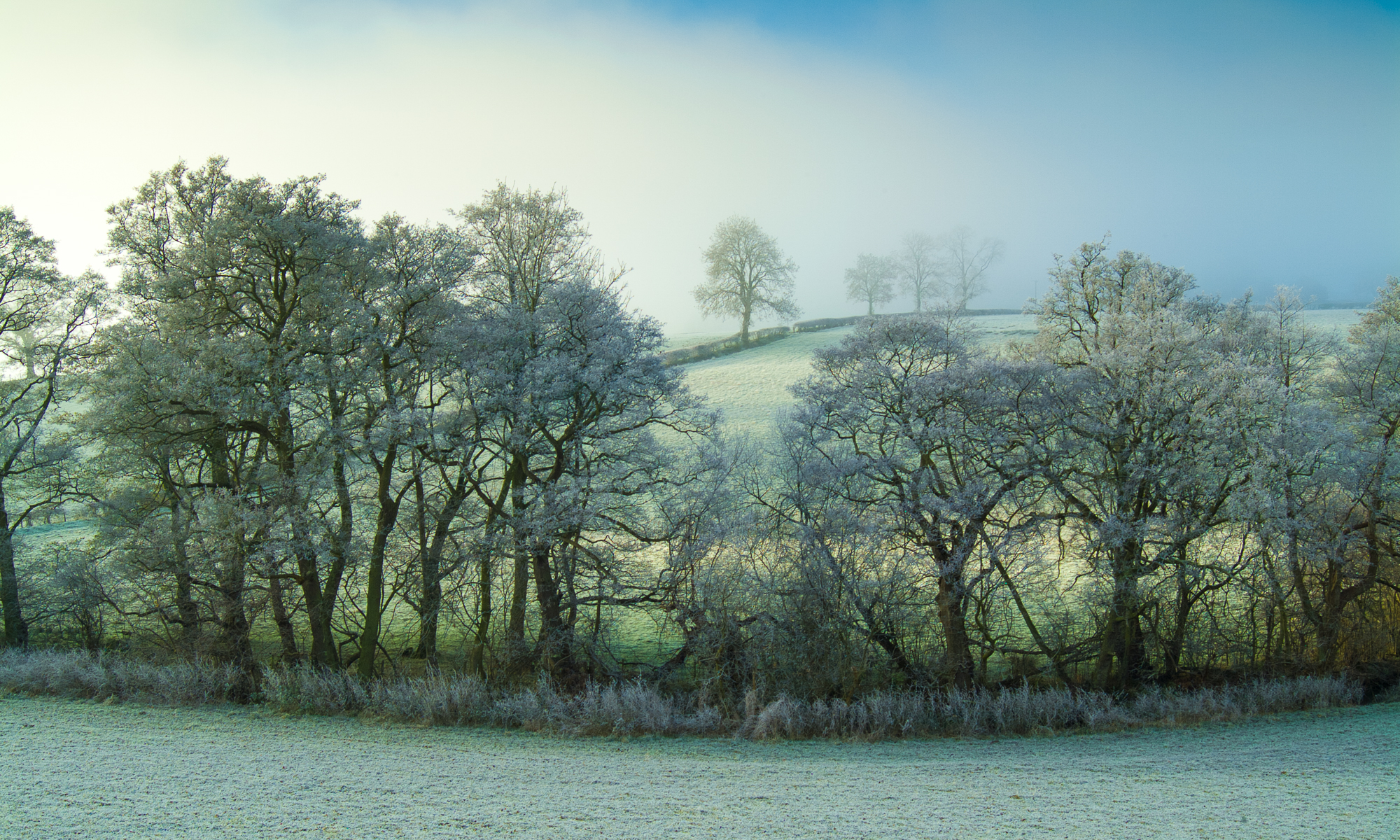I must admit, I’ve been quite enjoying what the media seem to have termed the “Big Freeze”, and this afternoon I decided to take a trip up the Severn Way to the source of the Severn.
From this small peaty pool, marked with a single wooden post, the river Severn begins a course of over 220 miles to the sea, losing just over 2000 feet in height on the way. Surprisingly, over half of this height has already been lost by the time it reaches the waterfall of Severn-Break-its-Neck or Hafren Torri Gwddf, just 4 miles downstream.
Despite having lived most of my life in the area, this is only my second time at the source of the Severn, the first being an ill-advised trip a couple of years back on a sweltering August morning. On that day I rather underestimated what I thought was just going to be a quick stroll and, struggling with heavy camera equipment, with nothing to drink, it half killed me. Not one of my best ideas.
I have none of those problems this time round. The temperature feels around freezing point and all I’m carrying this time is a mobile phone, complete with pretty accurate GPS—albeit not a substitute for my Magellan. I’m a bit ambivalent about these kind of things; the delicate device feels well out of its comfort zone up here, I certainly wouldn’t want to rely on it to come off a mountain. In any case, once you’ve run the battery down with the GPS you’d better hope you don’t need to make any emergency calls.
The wind up here is biting, and surprisingly strong, blowing billows of cloud across the peat bogs between the source of the Wye and the Severn. Once known as Fferllys, the land between the two rivers was believed to be home to the Tylwyth Teg or fairy folk, and the local ferns are supposed to bloom with a small blue flower on St John’s Eve. By collecting the flowers in a white cloth, the holder apparently becomes invisible, allowing them to enter their lover’s room undetected. Or, if they choose to stay in Fferllys, an elf will come along and purchase the flowers for gold.
All charmingly daft but, with the light fading fast, it’s time to head back through the darkening forest. With the infant River Severn as my companion, I’ve a few miles to do yet, and nearly a thousand feet to lose on the way back down to Severn-Break-its-Neck.


